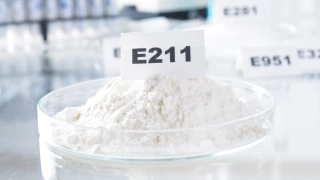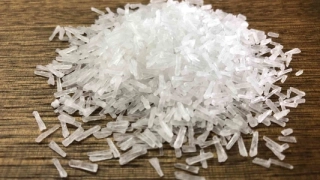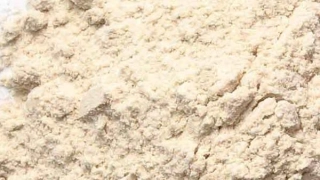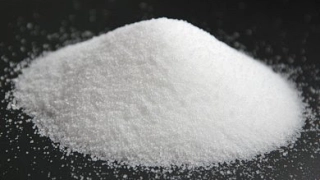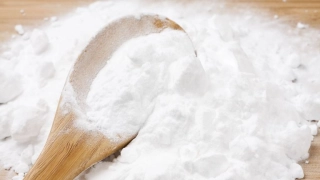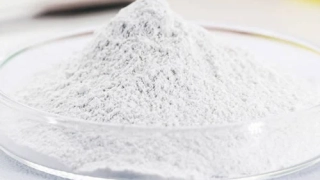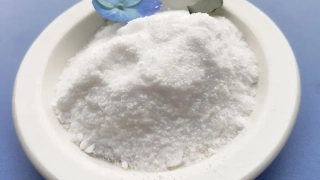Citric Acid (E330): Taste Profile, Aroma, Benefits and Health Risks
Citric acid (E330) is a natural organic acid found in many fruits, especially citrus, and is widely used as an additive in food production. Its primary function is to enhance sourness, regulate acidity, and preserve freshness. Citric acid is a fundamental ingredient in modern food technology and is valued for its versatility and safety profile.
Citric acid is generally recognized as safe for most people and does not commonly cause allergic reactions. However, it may irritate sensitive oral mucosa or aggravate existing mouth ulcers in some individuals.
What does Citric Acid (E330) taste like?
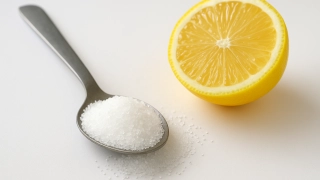
Complete Sensory Description:
-
Taste: Citric acid has a distinctly sharp, clean, and refreshing sour taste. It is considered the benchmark for sourness in the food industry, with an immediate and intense acidity that stimulates salivation and heightens flavor perception.
-
Aroma: Pure citric acid is odorless. In solution, it can subtly intensify the fruity and fresh notes of other ingredients.
-
Texture: In its pure crystalline form, citric acid is granular, dissolving easily in water without leaving residue. In foods, it does not alter the mouthfeel but can accentuate tartness.
-
Appearance: Citric acid appears as a white, crystalline powder or colorless granules. In food, it is invisible and does not affect the color or clarity of the product.
In-depth Flavor Analysis:
On a molecular level, citric acid is a tricarboxylic acid, responsible for an immediate and pronounced acidity. Its three carboxyl groups dissociate easily in water, contributing to a strong release of hydrogen ions and thus a high perception of sourness. This acid stimulates taste receptors rapidly and evenly, resulting in a bright, clean tartness with no lingering bitterness. Its effectiveness in masking off-flavors and enhancing fruit profiles makes it a standard reference acid in both sensory science and industrial applications. The exact perception of sourness may vary depending on concentration, temperature, and the food matrix, but citric acid is known for producing a crisp, well-defined tartness that is considered desirable in many beverages, candies, and preserves.
Varieties and Culinary Applications:
Citric acid is available in anhydrous and monohydrate forms, both of which are functionally similar in foods. It is widely used as an acidulant in soft drinks, fruit-flavored candies, jams, jellies, dairy products, and sauces. Citric acid serves to balance sweetness, intensify fruity flavors, and prevent spoilage by lowering pH. It is also utilized to maintain color in fresh-cut produce and as a chelating agent to improve the stability of canned vegetables and seafood. In home cooking, it is sometimes used as a substitute for lemon juice.
Selection and Storage:
Citric acid for culinary use is typically available as a food-grade crystalline powder, packaged in airtight containers to protect from moisture. It should be stored in a cool, dry place, away from direct sunlight and humidity, to prevent clumping and preserve quality. Properly stored, citric acid has a long shelf life with minimal loss of potency.
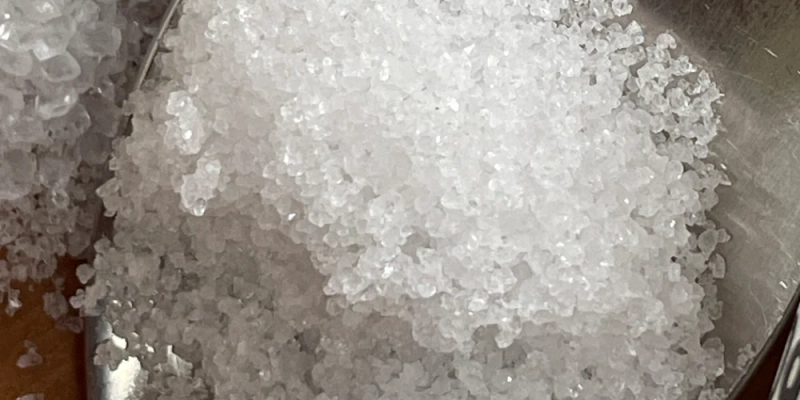
Nutritional Insights:
Citric acid does not provide vitamins, minerals, or calories and serves no direct nutritional function in the diet. However, its acidifying properties can improve the palatability and safety of foods by inhibiting the growth of spoilage microorganisms. For individuals with certain kidney conditions, high intake of citric acid (from additives or supplements) may require monitoring due to its potential impact on mineral balance.
Expert Insights & Culinary Tips:
Food technologists often recommend citric acid for fine-tuning acidity in beverages and confectionery, as it delivers predictable and stable results. Chefs may use it to brighten flavors in soups, sauces, or preserves when lemon juice is unavailable or when precise acidity is required. For home use, a pinch of citric acid can revive wilted vegetables in water or prevent fruit from browning.
Interesting and Curious Facts:
Citric acid was first isolated from lemon juice by Swedish chemist Carl Wilhelm Scheele in 1784. Today, nearly all commercial citric acid is produced by fermentation using Aspergillus niger fungi rather than extraction from citrus fruits. It is also widely used outside food — in pharmaceuticals, cosmetics, and cleaning products — due to its chelating and preservative properties.
Harm and Dietary Considerations:
For most people, citric acid is safe in the quantities present in food. However, excessive intake can lead to dental erosion, especially in children, due to its strong acidity. Some individuals with oral ulcers may experience irritation or stinging. There are no known allergic reactions to food-grade citric acid, but industrial forms (from cleaning agents) should never be ingested.
Religious Dietary Considerations:
Citric acid is considered permissible in all major religions, including Halal, Kosher, and Hindu dietary laws, as it is usually produced via microbial fermentation and does not involve animal-derived substances.
Final Thoughts & Sensory Journey:
Citric acid (E330) exemplifies the crisp, clean edge of sourness in foods, elevating flavors and ensuring freshness. Its versatile, unobtrusive presence is both a foundation for modern food technology and a sensory enhancer that bridges natural and processed foods.
Resources:
-
Belitz, H.-D., Grosch, W., & Schieberle, P. (2009). Food Chemistry (4th Edition). Springer.
-
Fennema, O. R. (1996). Food Chemistry (3rd Edition). Marcel Dekker.
-
Reineccius, G. (2006). Flavor Chemistry and Technology (2nd Edition). CRC Press.

